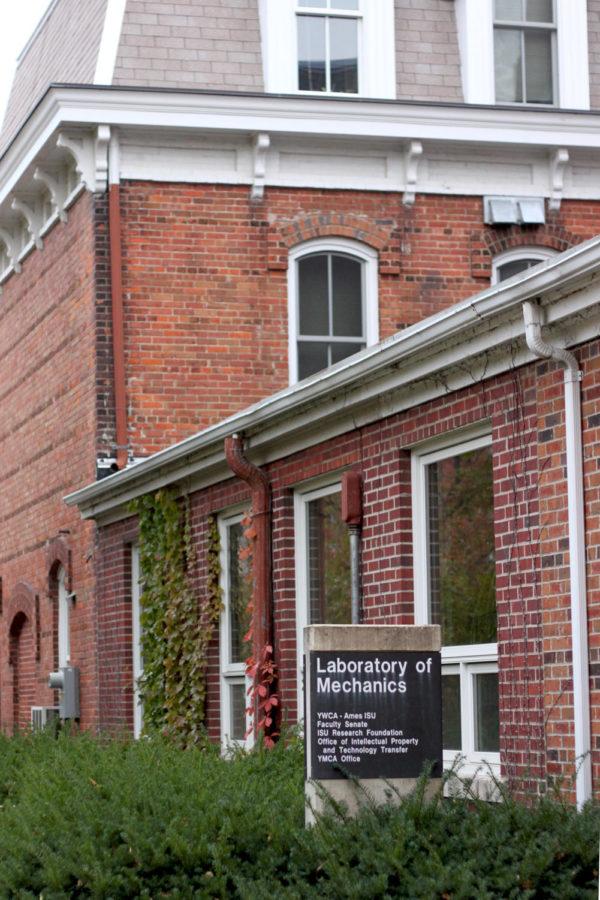ISU Research Foundation celebrates 75th anniversary
Ellen Williams/Iowa State Daily
The ISU Research Foundation is located on the third floor of the Laboratory of Mechanics building on campus. This year marks the foundation’s 75th year of operation.
October 29, 2013
Most state institutions have a functioning research foundation that helps patent technology developed at their school, and Iowa State is no different.
In fact, Iowa State has the second-oldest tech transfer office in the country.
After many years of working with faculty researchers, discovering new technology and patenting inventions, the ISU Research Foundation celebrated their 75th anniversary on Oct. 13.
“People were pretty forward-thinking when we started 75 years ago, since every university has one now,” said Lisa Lorenzen, executive director of the foundation.
The foundation works alongside the Office of Intellectual Property and Technology to help the research and innovations of ISU faculty and students become patented as well as copyrighted. The ultimate goal is to get faculty and students’ creative works out to the public.
The research foundation has had many innovations throughout the years. Some of the most famous include the algorithm that led to a faster fax machine, a vaccination for kennel cough, different kinds of Allsweet hybrid watermelons and a lead-free solder that is used in roughly 75 percent of electronics in the world.
The foundation also has returned over $55 million in the past 10 years to colleges, inventors and research centers.
“We’ve been doing this a long time at Iowa State,” said Marcia Rogers, president of the the foundation’s board of directors. “We’ve gotten good at identifying innovations and nurturing them.”
Rogers also noted that the board is currently figuring out more ways of getting involved and has been working with ISU President Steven Leath on this endeavor.
“It seemed like a waste of talent for us not to try to do more,” Rogers said about other ways the board can become involved. “We’re trying to encourage innovation in entrepreneurial development. Not that we aren’t already doing that, we just want to go even farther.”
To celebrate the foundation’s 75th anniversary, a seminar was hosted Oct. 18 in Morrill Hall. It included a presentation on protecting and commercializing apps, and three other presentations talked about where the United States fits in when it comes to innovation.
The speakers during the seminar included Chuck Valauskas, Peter Orazem, Warren Woessner and Ed Sease.
“We mostly wanted to celebrate the work done. We wanted it to be about the innovation,” Lorenzen said.
The foundation’s board of directors plans to continue being strongly committed to discovering new innovations and helping them reach the public.
“We’re looking forward to another 75 years,” Rogers said.







